The web3 in-telecommunications market in Germany is characterized by a rapidly evolving competitive landscape, driven by technological advancements and increasing demand for decentralized solutions. Key players such as Helium (US), Filecoin (US), and Chainlink (US) are at the forefront, each adopting distinct strategies to enhance their market positioning. Helium (US) focuses on expanding its decentralized wireless network, leveraging community-driven infrastructure to provide low-cost connectivity. Meanwhile, Filecoin (US) emphasizes data storage solutions, aiming to disrupt traditional cloud services through its decentralized model. Chainlink (US) is enhancing its smart contract capabilities, facilitating secure data feeds for various applications, which positions it as a critical player in the ecosystem. Collectively, these strategies indicate a shift towards more decentralized, user-centric telecommunications solutions, reshaping the competitive environment.
In terms of business tactics, companies are increasingly localizing their operations to better serve the German market, optimizing supply chains to enhance efficiency and reduce costs. The competitive structure appears moderately fragmented, with several players vying for market share, yet the influence of major companies is significant. This dynamic fosters innovation and encourages smaller firms to develop niche solutions, contributing to a vibrant market atmosphere.
In October 2025, Helium (US) announced a partnership with a leading German telecommunications provider to expand its network coverage across urban areas. This strategic move is likely to enhance Helium's visibility and user base in Germany, allowing it to capitalize on the growing demand for decentralized connectivity solutions. The partnership underscores the importance of collaboration in achieving market penetration and scaling operations effectively.
In September 2025, Filecoin (US) launched a new initiative aimed at incentivizing developers to build applications on its platform, offering grants and technical support. This initiative is strategically significant as it not only fosters innovation but also strengthens Filecoin's ecosystem, potentially attracting a diverse range of applications that could drive user adoption and engagement. By investing in developer relations, Filecoin positions itself as a leader in the decentralized storage space.
In August 2025, Chainlink (US) unveiled a new oracle service designed to enhance the reliability of data feeds for smart contracts. This development is crucial as it addresses a common challenge in the blockchain space—data accuracy and security. By improving the integrity of data inputs, Chainlink solidifies its role as a trusted intermediary, which may lead to increased adoption of its services across various sectors.
As of November 2025, the competitive trends in the web3 in-telecommunications market are increasingly defined by digitalization, sustainability, and the integration of AI technologies. Strategic alliances are becoming more prevalent, as companies recognize the value of collaboration in navigating the complexities of the market. Looking ahead, competitive differentiation is likely to evolve, with a pronounced shift from price-based competition towards innovation, technological advancements, and supply chain reliability. This transition suggests that companies that prioritize these aspects will be better positioned to thrive in the dynamic landscape.


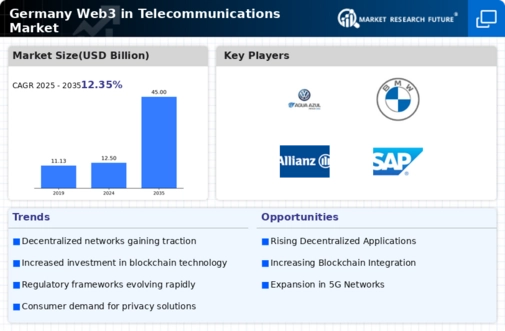
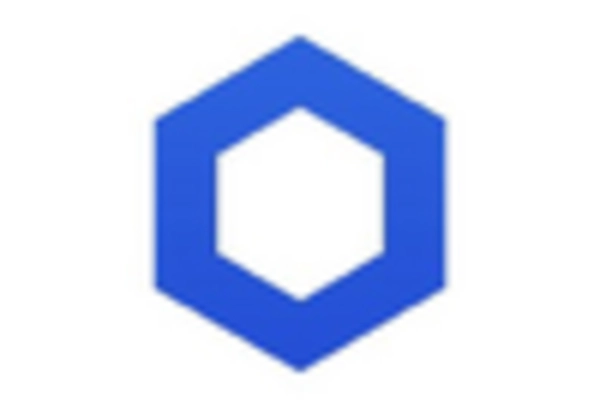

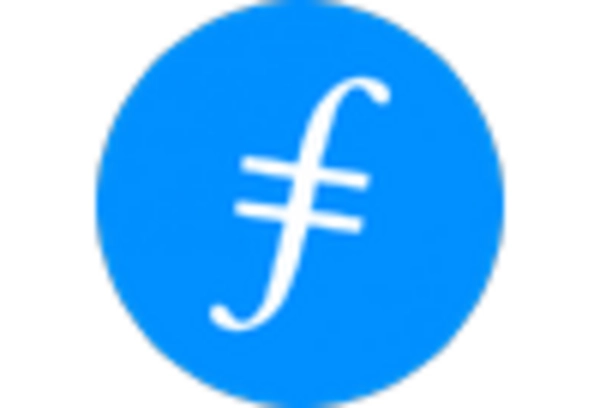
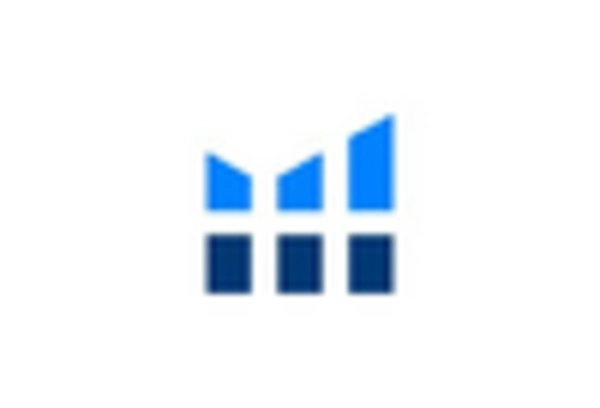
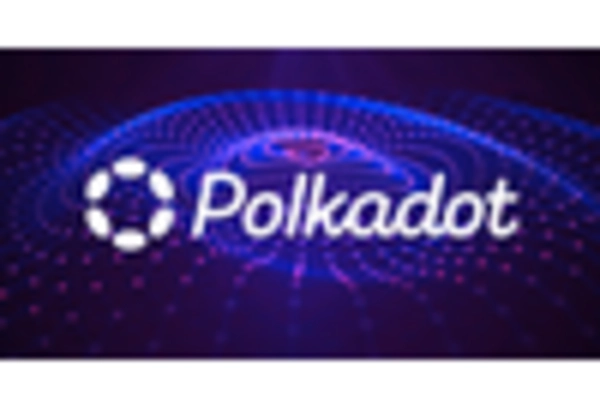
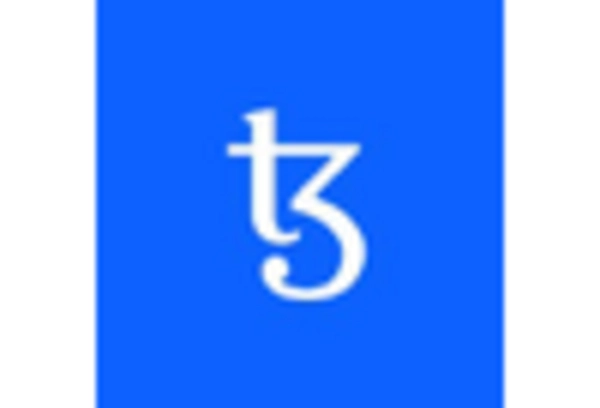








Leave a Comment